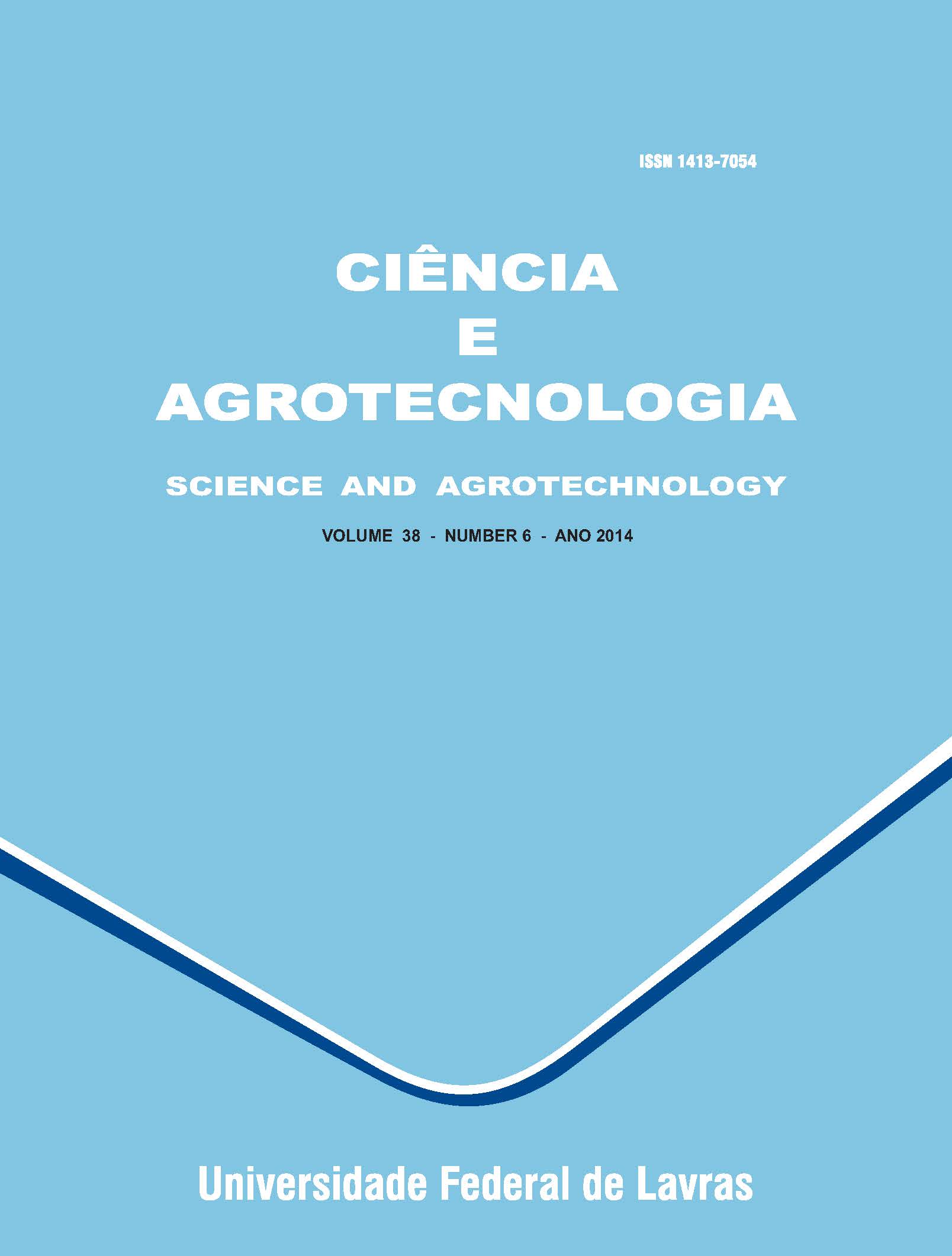Resumo
ROTTA, Leonardo Ricardo et al. PHOSPHORUS FRACTIONS AND AVAILABILITY IN A HAPLIC PLINTHOSOL UNDER NO-TILLAGE SYSTEM IN THE BRAZILIAN CERRADO. Ciênc. agrotec. [online]. 2015, vol.39, n.3, pp. 216-224. ISSN 1981-1829. http://dx.doi.org/10.1590/S1413-70542015000300002.
Soil use and fertilizer management as well as cropping systems influence phosphorus (P) availability in the soil. This study evaluated P fractions and availability in a chronosequence of anthropic influence in a Haplic Plinthosol, in sites under no-till for different time periods: seven (NT7), eleven (NT11), and sixteen (NT16) years. Labile P concentrations in the soil accounted for 10%, 8%, and 9% of the total P for treatments NT7, NT11, and NT16, respectively. The labile P values ranged between 99 and 122 mg dm-3andindicatied no time in no-tillage influence on labile P under in the studied Plinthosol. However, moderately labile P contents increased with time: NT7 < NT11 < NT16 (237, 341, and 375 mg dm-3, respectively). This increased followed the elevation in iron oxide contents, indicating a relationship between mineralogy and P accumulation. Regardless of no-tillage period, P contents extracted by Mehlich-1 were lower, underestimating the available P content, when compared with the extraction using a P selective resin. The stocks of labile P were sufficient to maintain high crop yields, according to the recommendations for the Cerrado region. Even if labile P contents are reduced, when adopting no-till system, the contents and stocks of P in the soil after several years were high enough to provide for adequate crop yields.
Palavras-chave : Phosphorus adsorption; available phosphorus; tillage system.
PDF Completo!

Deixe uma resposta